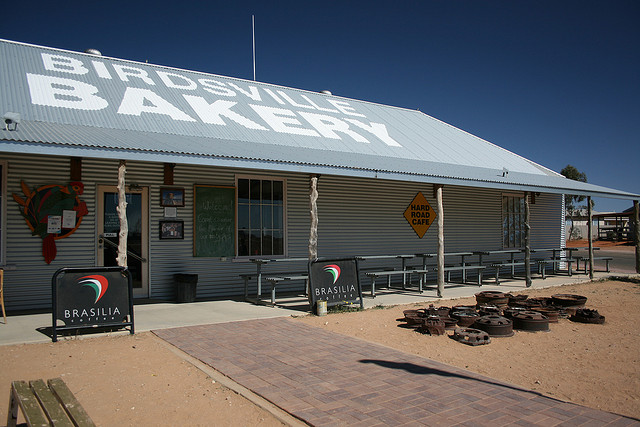The Beat, CT Scan and Checkpoint
The Beat
Private and public sectors meet to counter terrorism financing
Indonesian and Australian officials met with experts in Sydney this week for the first regional counterterrorism financing summit. The summit, attended by French Consul General Nicolas Crozier, began with a minute’s silence for the victims of the Paris attacks. The meeting comes at a crucial time and highlights the centrality of disrupting the resources that enable violent extremism.
Austrac’s Paul Jevtovic provided an analysis on the estimated tripling of suspicious transactions by drawing on examples of intelligence sharing from Australia and Indonesia’s law enforcement relationship. AFP Commissioner Andrew Colvin cited engagement with the private sector as crucial, drawing attention to new financing resources which are less sophisticated and more accessible and calling for businesses to take an innovative approach to teasing out the patterns and implications that terrorism financing create.
(Minority) report on predictive policing
Despite constrained resources, police in the US are capitalising on big data to assist their activities. As a result, predictive policing algorithms are improving their successful predictions of when crimes might occur and who might commit them. A new article over at The Conversation reminds us that even the best data can only provide us with probabilities rather than certainties, and that such predictions result in a difficult debate on balancing the reduction of crime with civil rights.
Paw enforcement
The death of police dog Diesel has only added to the collective grief around the recent atrocities in Paris. The seven-year-old Belgian shepherd was a member of the French National Police’s Research, Assistance, Intervention and Deterrence (RAID) Unit. The Police Nationale’s tweet stressing how vital K9s are to operations might bring some comfort to the many mourning the decorated dog.
CT Scan
Je suis Paris
Much of the current discussion on terrorism centres on last week’s attacks in Paris and Beirut. There have been several analyses of IS’ shift in strategy, and the implications for global counterterrorism strategies. Terrorism researcher Will McCants discusses IS as a state sponsor of terrorism in a Foreign Policy piece, describing IS as ‘al-Qaeda with even less of a conscience, more manpower, and way more money’. Brookings’ Daniel L. Byman considers the costs and benefits to IS in expanding its operations globally, such as the risk of increased targeting of IS leaders when they engage in overseas communications. And a piece at The New York Times demonstrates that IS is likely responsible for nearly 1,000 deaths outside Syria and Iraq, and collates the information in timeline and map formats.
Faux pas chinois
A Chinese government social media account came under scrutiny in the wake of the Paris attacks after it used the tragedy to draw attention to domestic terrorist operations in Xinjiang province. The now-deleted Weibo post hailed police for winning a battle against terrorists and included a photo of heavily armed police. The controversy stems from scepticism that Xinjiang separatists are motivated by Islamic extremism, instead of viewing Beijing’s repression of Uighur ethnic and religious identity in the region as the major source of tension. At the G20 meeting in Turkey, Chinese Foreign Minister Wang Yi reiterated that China is also a victim of terrorism, and called for support in its efforts in Xinjiang region.
Global Terrorism Index
The Institute for Economics and Peace has released its annual Global Terrorism Index report. Iraq and Afghanistan take out the top two ranks, with Syria at fifth. Australia places way down in 59th place, higher than Sweden (60) and Norway (64) but lower than Germany (53) and Malaysia (49). According to the report, terrorism-related deaths spiked from 18,000 in 2013 to over 32,000 in 2014, with 51% of these deaths attributed to IS and Boko Haram.
Checkpoint
Will the Schengen Agreement survive?
In a landmark speech following Friday’s attacks, French President François Hollande called for a radical overhaul of Europe’s border security policies, sending the message that France will call for the effective suspension of the Schengen Agreement. Yet, temporary suspensions have become increasingly common due to the European migrant crisis. This piece from The Independent argues that the end of open borders in the EU is likely inevitable. To understand the state of France’s borders after last week’s attacks, read this Mashable report.
Saudi Arabia’s illicit markets
Less than a month after Saudi Arabia’s royal drug problem unfolded—a Saudi Prince was arrested in Lebanon with over two tonnes of illegal drugs loaded in his Saudi-bound jet—customs officials in the country discovered a creative attempt to smuggle 48,000 cans of beer disguised as soft drinks into the country, where alcohol is banned. To see how Saudi authorities made this giant score, check out this Washington Post video.










